Ghosts may not be real, but you can make them float with science. It’s not magic, and it’s not fake, it’s just static electricity!
Kids in upper elementary will have a blast with this low-cost and low-prep science activity that illustrates the principles of atoms, charges, and static electricity with one simple Halloween science demonstration.
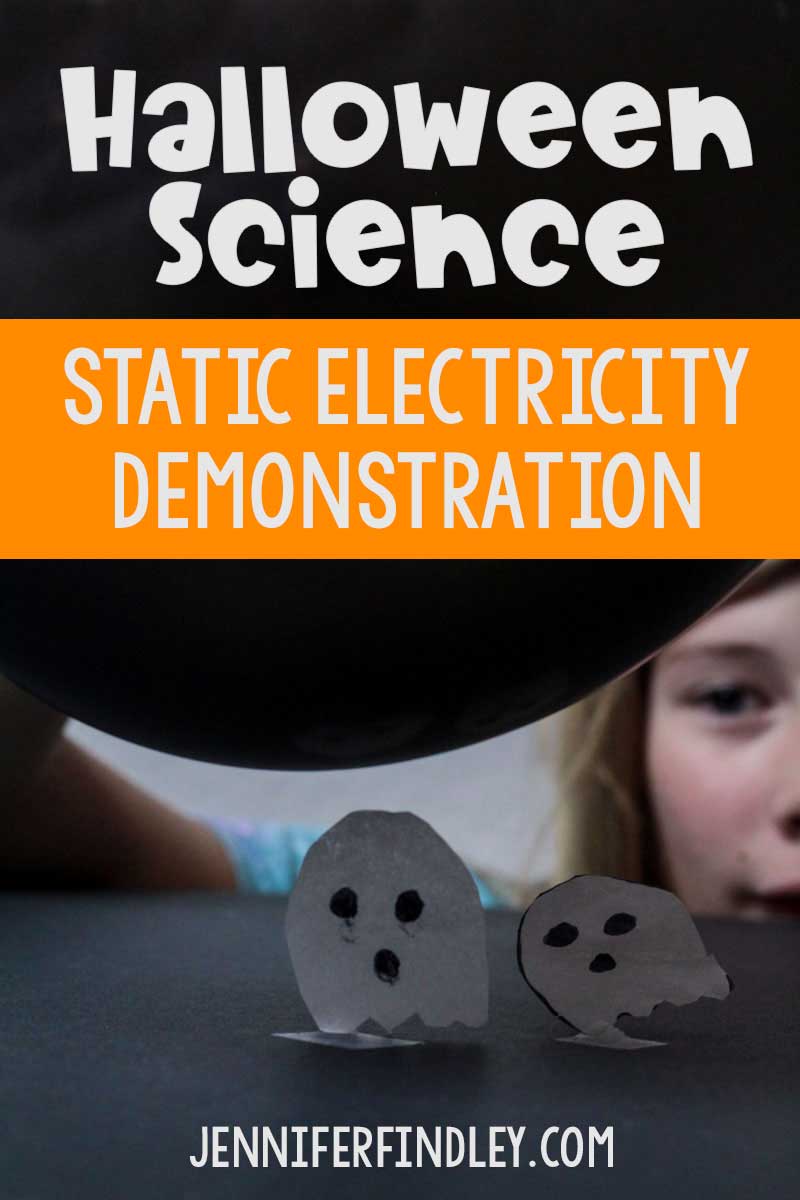
Want to see more Halloween activities and resources for other subject areas?
Halloween Science Materials Needed:
- Black marker
- Coffee filters
- Scissors
- Tape
- Balloons
Halloween Science Directions
1. Blow up balloons, one for each group of students.
2. Have students draw a ghost outline onto a coffee filter and cut it out. You can also have them draw a face onto the ghosts. As this is a low-cost project, each student in the class can make their own version, or you can have them make one ghost per group or pair of students.
3. Have the students tape one tiny corner of the ghost to the table. This makes the ghost float more dramatic because the students can see it in slow motion, rather than the ghosts rising quickly and sticking to the balloon.
4. Have the students rub the balloons onto their heads for about 15 seconds.
5. Slowly bring the balloon close to the ghosts. The ghosts will float to meet the balloon.
The Science Behind the Floating Ghost Halloween Science Demonstration
The secret behind these floating ghosts is static electricity. It is the electrical charge of the balloon that causes the ghosts to float.
All objects are made of atoms. Atoms have protons, electrons, and neutrons inside of them. Protons have a positive charge, electrons have a negative charge, and neutrons are not charged. Just like a magnet, like charges repel each other while opposite charges attract.
When you rub the balloon on your head, you change the balance between positive and negative charges in the balloon. By rubbing the balloon on your head, you are collecting extra electrons. Atoms like to be in balance, so when you bring the electron-heavy balloon near the positively-charged coffee filter, the ghosts rise to meet the balloon to release the extra electrons.
After the Demonstration Reading Activity
I like to incorporate reading and writing into every science experiment, activity, or demonstration that we do and this is no exception. For this activity, the students will read a short text that describes the science behind it (similar to what is explained above for the teacher reference). Then the students will use the details they learned in the text to explain what happened during the static electricity science experiment. They will also answer four comprehension questions using details from the text.
The questions your students will answer include:
- How does static electricity make the ghosts float?
- Would the ghosts be able to float if they were made from another material?
- How is static electricity used in the real world?
- Why are static shocks sometimes painful?
After reading the passage and answering the questions, you can invite your students to share their responses and have a classroom discussion about static electricity.
How Can I Get the Printable?
Download the free reading activity and printables that accompany this Halloween Science Activity.
What are your favorite Halloween science activities or STEM activities? Let me know in the comments. I am always looking for new science experiments that my students will love.
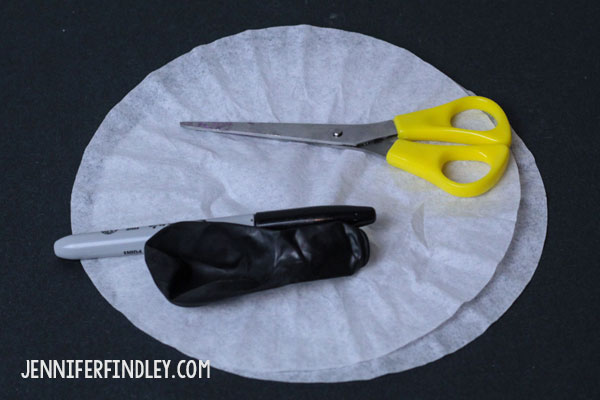
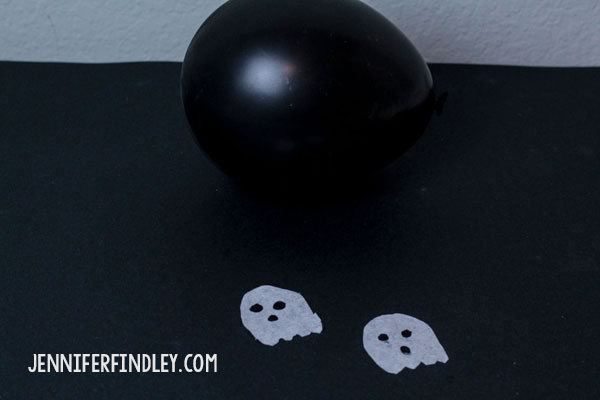
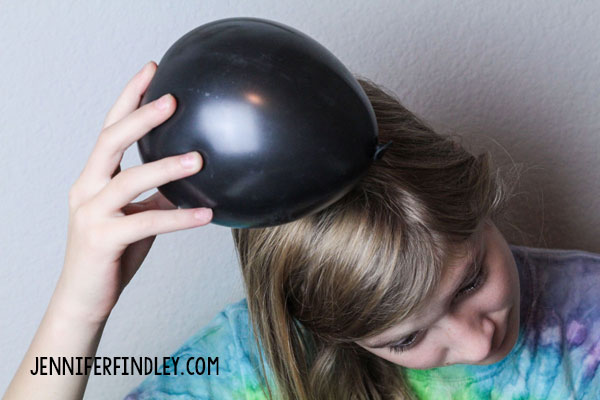
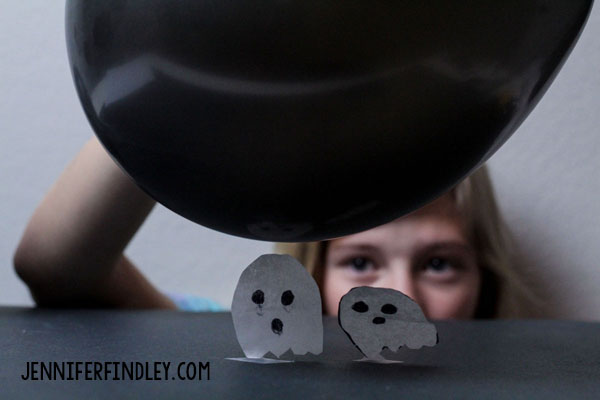
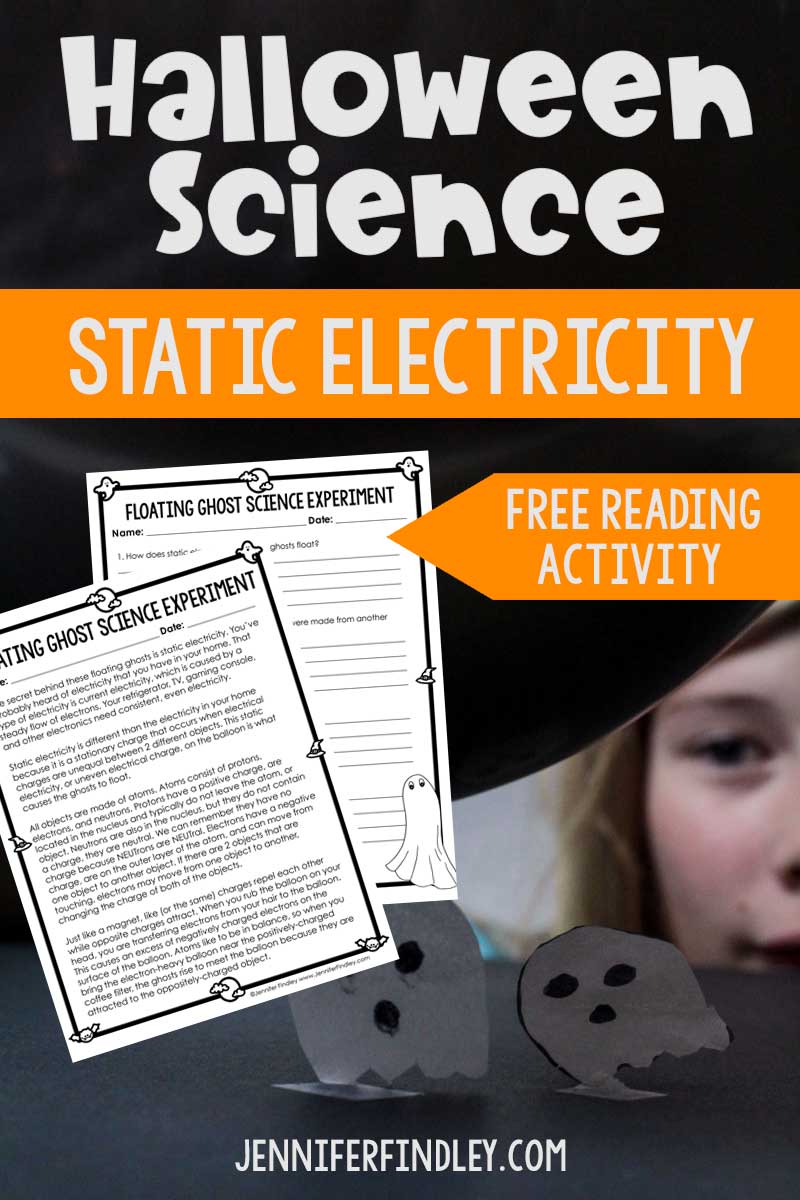
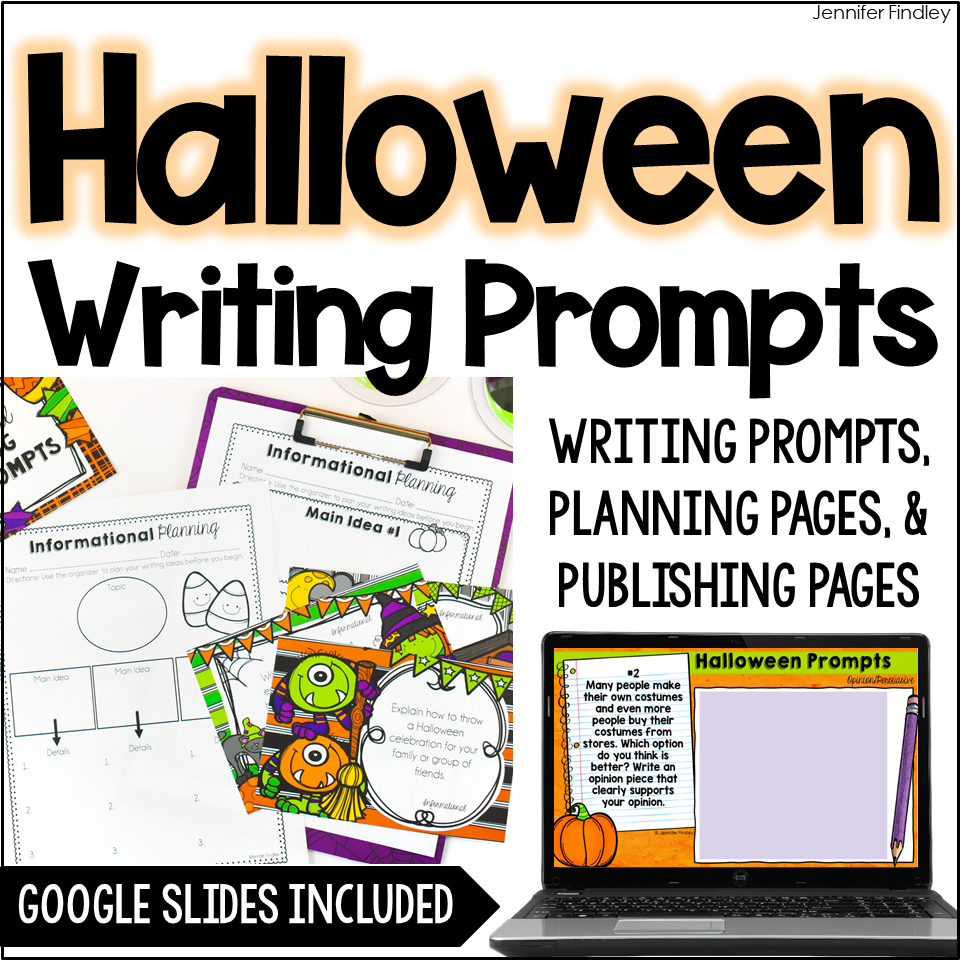









Leave a Comment